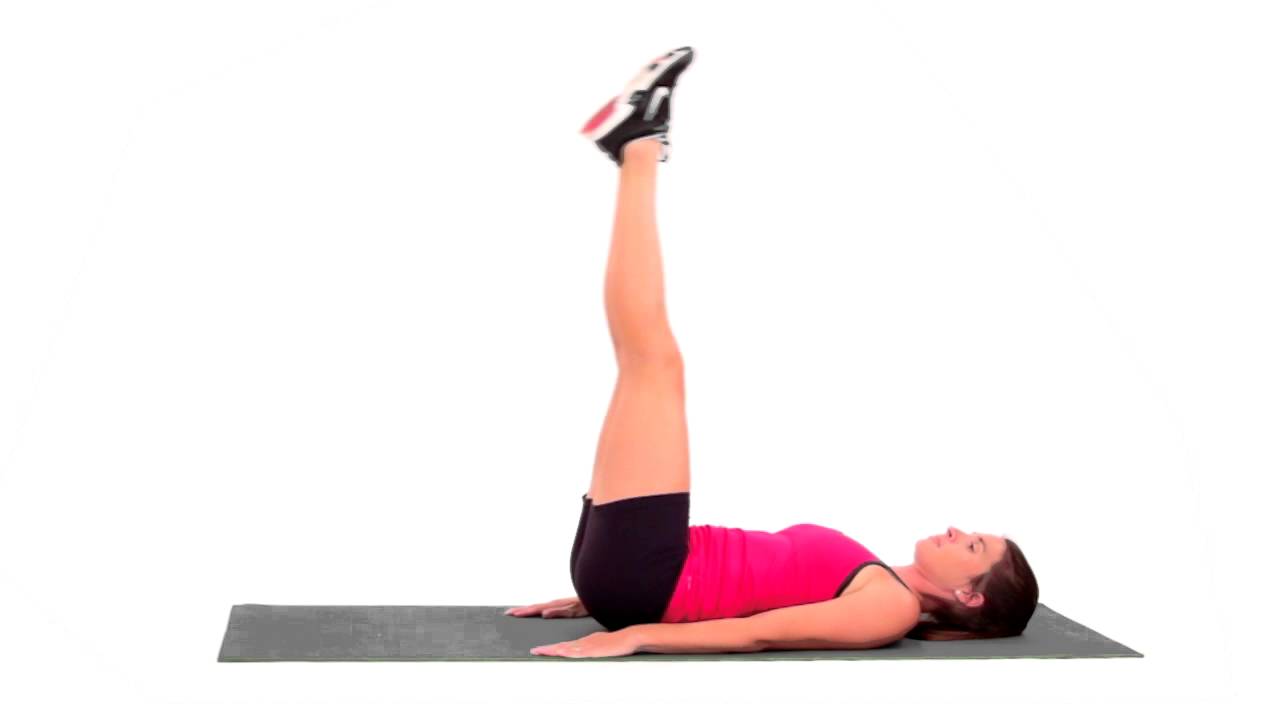Leg Raise target your lower abs and hip muscles with one of the simplest strength moves out there — the leg raise.
You don’t need anything to do leg raises, other than a comfortable place to lie down, but they’re effective in building muscle on the front of your body.
If you have low back pain, leg raises will help strengthen your core muscles. In turn, with additional core-building moves, you might see that pain dissipate.
Types of Leg Raises
Leg raises are typically performed while lying on the floor or hanging from a chin-up bar or raised curve bar.
Each one provides you with different benefits, but all help to increase the strength and definition you see in your lower abdominal muscles.
None are easy to perform for beginners or those with under-developed abs. It may take several months and many repetitions before you start to see the results.
Leg raises are most beneficial when you perform them slowly. Swinging your legs back and forth creates momentum rather than working the focus muscle groups, so avoid swinging.
Also, follow the leg raises in your abdominal and core workout with exercises that work for the opposing muscle group — the lower back, specifically — and stretch before moving to the next part of your workout.
Abdominal and Core Muscles
The lower abdominal muscles primarily benefit from leg raises. Hanging leg raises fatigue lower and upper abdominal muscles, while the floor leg raises target the hard-to-reach lower abs.
Repetition of both exercises helps to increase the strength and definition that you see in your abs and the control that you have over your core muscles.
Changing the position of your legs from bent to straight shifts the focus of the exercise and addresses different abdominal muscles.
Lower Back Muscles
Regular performance of leg raises helps to lower your risk for back injuries, back pain, and back strain while performing other exercises or routine activities.
Though back muscles are not the focus of the exercise, any abdominal and core exercises work to provide increased support for the back.
Because the lower abdominals are the focus of leg raises, these exercises also support the lower back and increase your flexibility and strength.
Hip Flexors
All types of leg raise increase the flexibility, agility, and strength of the hip flexors. Both bent knee and straight leg raise require hip joint movement.
If you have bad hips or arthritis, speak to your doctor about your limitations and receive guidance on how best to perform this exercise.
Grip Strength
When you perform leg raises while hanging from a chin-up bar or when you support yourself on a raised curve bar, you are also strengthening your grip.
Hanging raises require you to support the weight of your entire body with your hands during the exercise, while supported leg raises using a curve bar allow you to use your grip for balance and support.

